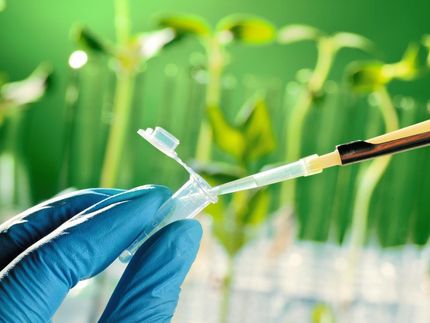Leadership in Drug Discovery
Schrödinger Releases FirstDiscovery 2.0
Advertisement
Portland, OR - Schrödinger is pleased to announce the release of FirstDiscovery 2.0, which contains breakthrough technology designed to accelerate the drug-discovery process and reduce development costs. Leading pharmaceutical and biopharmaceutical companies, including Aventis, Boehringer- Ingelheim, GlaxoSmithKline and Albany Molecular, have integrated this software into their discovery processes in order to gain a distinct competitive advantage.
Schrödinger's solution offers exceptional accuracy, by leveraging unique expertise in force-field development, solvation modeling, and sampling techniques. Addressing some of the specific problems in traditional drug design, Schrödinger's FirstDiscovery suite:
reliably identifies lead compounds that meet stringent criteria, early in the drug discovery process, complements high-throughput screening (HTS) by reducing the associated problems of false positives and false negatives, improves the quality of candidates that proceed into lead optimization and development.
Schrödinger's drug-discovery technology includes:
Glide, for high throughput virtual library screening based on binding affinity. The latest version of Glide yields much higher enrichment factors than previous releases, particularly for difficult classes of compounds, such as kinases. QikProp, for high throughput virtual library screening based on pharmacokinetic properties. The latest version of QikProp is capable of screening 150,000 compounds per hour per processor. Liaison, for lead optimization. Liaison evaluates binding affinity of drug candidates much more accurately than scoring functions. QSite, for in-depth analysis of active-site chemistry. QSite expands the unique strengths of the Jaguar quantum chemistry package to the realm of protein chemistry. MacroModel, for general-purpose studies of organic molecules. The latest version of MacroModel has powerful new features for exploration of proteins and protein-ligand complexes, including an easy to use feature for multiple minimization of docked ligands.
Most read news
Other news from the department research and development

Get the chemical industry in your inbox
By submitting this form you agree that LUMITOS AG will send you the newsletter(s) selected above by email. Your data will not be passed on to third parties. Your data will be stored and processed in accordance with our data protection regulations. LUMITOS may contact you by email for the purpose of advertising or market and opinion surveys. You can revoke your consent at any time without giving reasons to LUMITOS AG, Ernst-Augustin-Str. 2, 12489 Berlin, Germany or by e-mail at revoke@lumitos.com with effect for the future. In addition, each email contains a link to unsubscribe from the corresponding newsletter.



























































